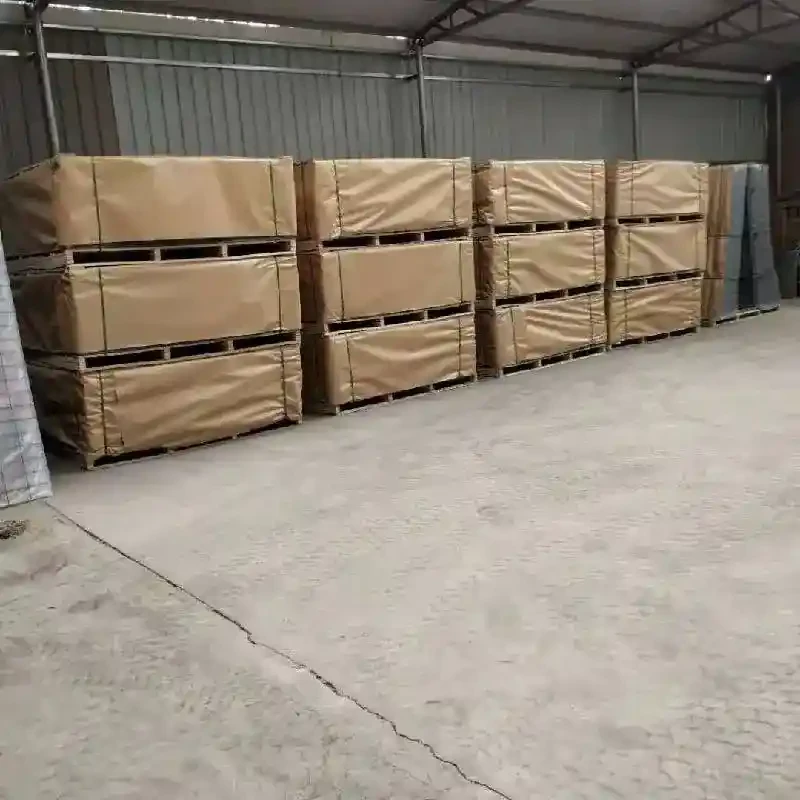
- Mobile Phone
- +8613931874955
- sales@cntcmetal.com
Importance of Wire Mesh in Concrete Foundation Construction for Enhanced Strength and Stability
Understanding Concrete Foundations and the Role of Wire Mesh
Concrete foundations are a critical component of any construction project. They provide the necessary support for structures, ensuring stability and longevity. One of the key elements used in the construction of concrete foundations is wire mesh. Understanding the significance of wire mesh in concrete foundations can lead to better building practices and enhanced structural integrity.
Understanding Concrete Foundations and the Role of Wire Mesh
When wire mesh is placed within concrete, it works to hold the concrete in tension, distributing loads more evenly across the surface. This distribution is crucial in preventing cracks that may occur during the curing process or from external forces. Wire mesh also serves to minimize shrinkage cracks that can happen as the concrete dries. By using wire mesh in a concrete foundation, builders can significantly reduce the risk of structural failure over time.
concrete foundation wire mesh

There are different types of wire mesh available for use in concrete foundations, including welded wire fabric (WWF) and reinforcing bars (rebar). Welded wire fabric consists of cross wires that are welded together to form a grid. It is typically available in various gauge sizes and spacing options, allowing for flexibility depending on the specific needs of the project. On the other hand, rebar is usually utilized in conjunction with wire mesh for added strength. It consists of long, heavy-duty bars that provide additional tensile support, especially in larger or more complex structures.
The installation of wire mesh in a concrete foundation is relatively straightforward but requires careful planning and execution. Before pouring the concrete, the wire mesh must be properly positioned within the foundation. It is essential to ensure that the mesh remains suspended within the concrete during the pouring process, typically achieved using support chairs or spacers. Proper positioning is crucial, as placing the mesh too close to the surface or too deep can negate its effectiveness.
Moreover, the quality of the wire mesh used is integral to the performance of the concrete foundation. Opting for high-quality, corrosion-resistant mesh can significantly improve the foundation's lifespan, particularly in environments where moisture is a concern. Corrosion can weaken the mesh over time, leading to diminished structural integrity. Therefore, selecting the right materials is paramount.
In conclusion, the role of wire mesh in concrete foundations cannot be overstated. By enhancing the tensile strength of concrete, it plays an essential part in ensuring that structures withstand the test of time and external forces. Whether through welded wire fabric or rebar, incorporating wire mesh effectively can lead to safer, more durable buildings. As the construction industry continues to evolve, understanding the interplay between materials such as concrete and wire mesh remains fundamental for engineers, architects, and builders alike. With the right knowledge and application, the potential for creating robust structures is greatly expanded, ultimately contributing to the safety and reliability of the built environment.
share:
-
Your Source for Concrete Wall Ties and Masonry AccessoriesNewsJul.10,2025
-
Unlocking the Power of Iron Wire for Every ProjectNewsJul.10,2025
-
Explore Advanced Chain Wire and Stainless Steel Mesh FencingNewsJul.10,2025
-
Discover the Benefits of Annealed Wire ProductsNewsJul.10,2025
-
Discover China Stainless Steel Wire Mesh SolutionsNewsJul.10,2025
-
Build with Confidence Using High-Performance Masonry AccessoriesNewsJul.10,2025
-
Why Sacrificial Formwork Is Redefining Underground ConstructionNewsJun.06,2025



















